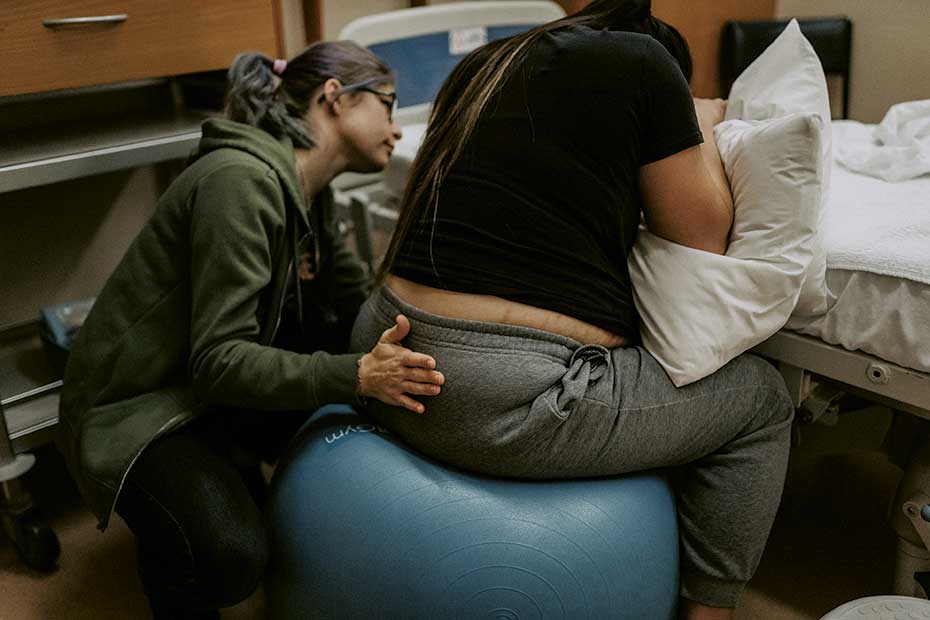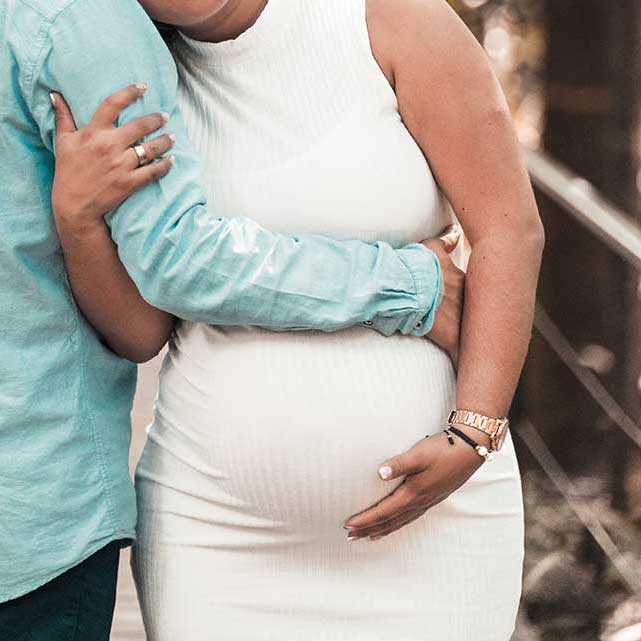What It’s Like to Be in Active Labour

MĀMĀ Genesis Bidois
PHOTOGRAPHY Catherine Smith @catherinesmithphotography
The second phase of the first stage, when contractions are more regular, intense, and longer in duration.
As a general rule of thumb, established or active labour is when contractions are five minutes apart and one minute or more in length. You have dilated to around 5-6cm. To be considered in active labour, your contractions must be strong, frequent, and consistent and your cervix should be dilating progressively.
Most LMCs advise their patients to let them know once you think you are in active labour. Ask your midwife or doctor about what you should look out for in terms of signs or timing of your contractions so you know when it’s time to call.
In the birthing suite
If you are planning to give birth in a hospital or birthing unit, stay home as long as you can. You will only be admitted to a birthing suite once you are in active labour. Your LMC will usually call the maternity unit for you to let them know that you are coming in. Once you get into the hospital, your LMC will offer to do some checks of your blood pressure, baby’s position, and an internal examination if you would like one.
The midwife will listen to your baby’s heartbeat with a hand-held Fetal Doppler throughout your labour. If you have had any complications or a high-risk pregnancy, you may be advised to have continuous fetal monitoring. They will use an elastic belt to hold the sensor in place on your belly which is attached to the monitor by the bed. If there are any concerns about your pēpi, your LMC will talk through them with you and discuss whether your baby needs to be delivered immediately or if you can continue labouring.
While in the birthing suite, you may like to:
- Stay mobile by going for a walk.
- Use the shower or birthing pool for pain management.
- Stay upright and try different positions.
If you would like to have medical pain management, such as Entonox, opioids, or an epidural, you can request this during active labour. Note: opioids and epidurals are only available in hospitals, not at home or in birthing units.



